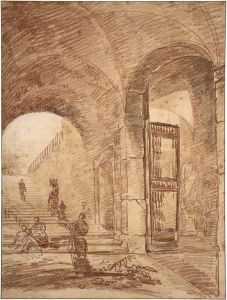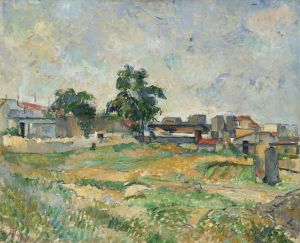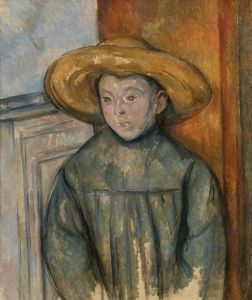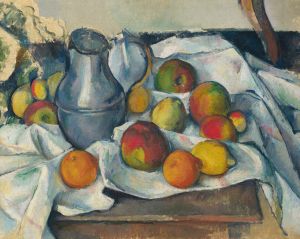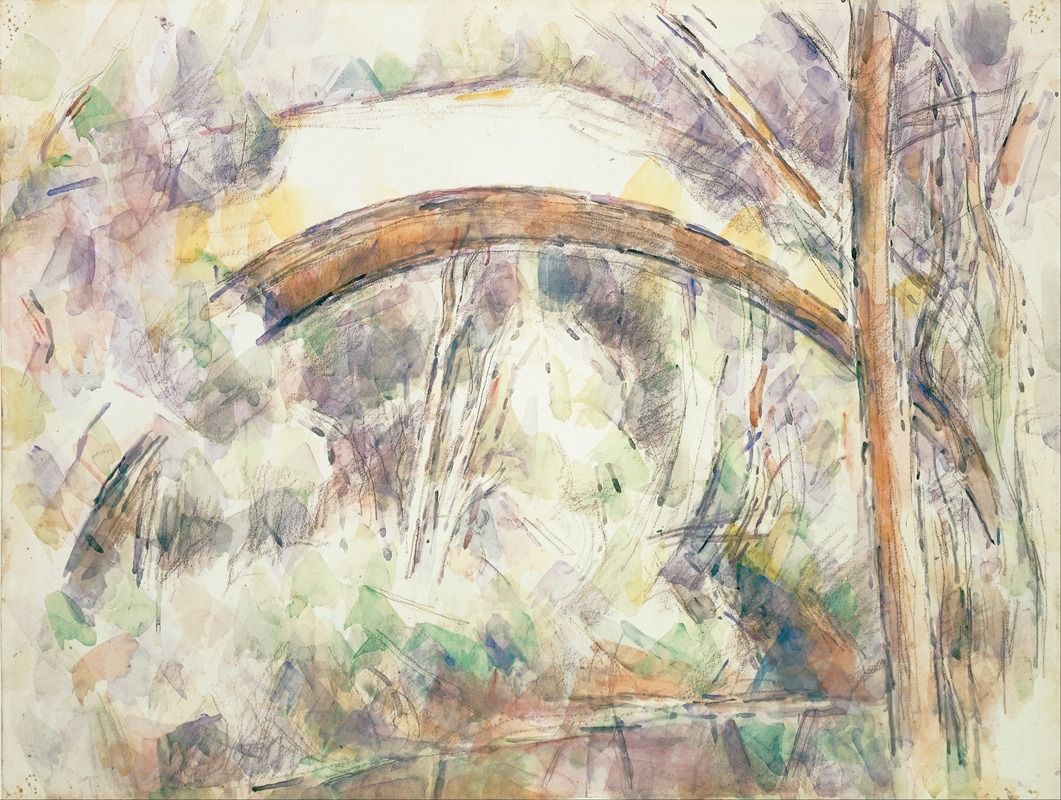
Le Pont des Trois Sautets
A hand-painted replica of Paul Cézanne’s masterpiece Le Pont des Trois Sautets, meticulously crafted by professional artists to capture the true essence of the original. Each piece is created with museum-quality canvas and rare mineral pigments, carefully painted by experienced artists with delicate brushstrokes and rich, layered colors to perfectly recreate the texture of the original artwork. Unlike machine-printed reproductions, this hand-painted version brings the painting to life, infused with the artist’s emotions and skill in every stroke. Whether for personal collection or home decoration, it instantly elevates the artistic atmosphere of any space.
Paul Cézanne's painting "Le Pont des Trois Sautets" is a notable work by the influential French Post-Impressionist artist. Cézanne, who was born in 1839 in Aix-en-Provence, France, is renowned for his unique approach to painting, which laid the groundwork for the transition from 19th-century Impressionism to 20th-century Cubism. His work is characterized by a methodical approach to nature, a focus on geometric simplification, and a distinctive use of color.
"Le Pont des Trois Sautets" depicts a bridge located near Aix-en-Provence, a region that Cézanne frequently explored in his art. The bridge, known as the "Three Sautets Bridge," spans the Arc River and is a subject that Cézanne returned to multiple times throughout his career. This particular painting is part of a series where Cézanne captures the bridge from various angles and under different lighting conditions, showcasing his fascination with the interplay of light and form.
Cézanne's technique in "Le Pont des Trois Sautets" reflects his broader artistic philosophy. He often employed short, hatched brushstrokes to build up the surface of the canvas, creating a sense of depth and volume. This method allowed him to convey the solidity of the landscape while also capturing the transient effects of light and atmosphere. The painting exemplifies Cézanne's ability to balance the representation of nature with an abstracted, almost architectural sense of structure.
The color palette in "Le Pont des Trois Sautets" is typical of Cézanne's work, featuring earthy tones and subtle variations of green, blue, and ochre. These colors not only depict the natural environment but also evoke the mood and ambiance of the Provençal landscape. Cézanne's use of color is both expressive and analytical, as he sought to capture the essence of the scene rather than a mere photographic likeness.
Cézanne's choice of subject matter in this painting reflects his deep connection to his native Provence. The region's rugged terrain, with its hills, rivers, and distinctive light, provided endless inspiration for the artist. The bridge itself, a humble yet enduring structure, symbolizes the intersection of nature and human intervention, a theme that Cézanne explored throughout his oeuvre.
"Le Pont des Trois Sautets" is a testament to Cézanne's innovative approach to painting. His work was not immediately appreciated during his lifetime, but he eventually gained recognition as a pivotal figure in the development of modern art. Artists such as Pablo Picasso and Henri Matisse acknowledged Cézanne's influence, and his exploration of form and color had a profound impact on the trajectory of 20th-century art.
Today, Cézanne's paintings, including "Le Pont des Trois Sautets," are celebrated for their pioneering vision and enduring beauty. They are housed in major museums and collections worldwide, where they continue to inspire and captivate audiences. Cézanne's legacy is that of an artist who bridged the gap between the representational art of the 19th century and the abstract movements that followed, forever altering the course of art history.










